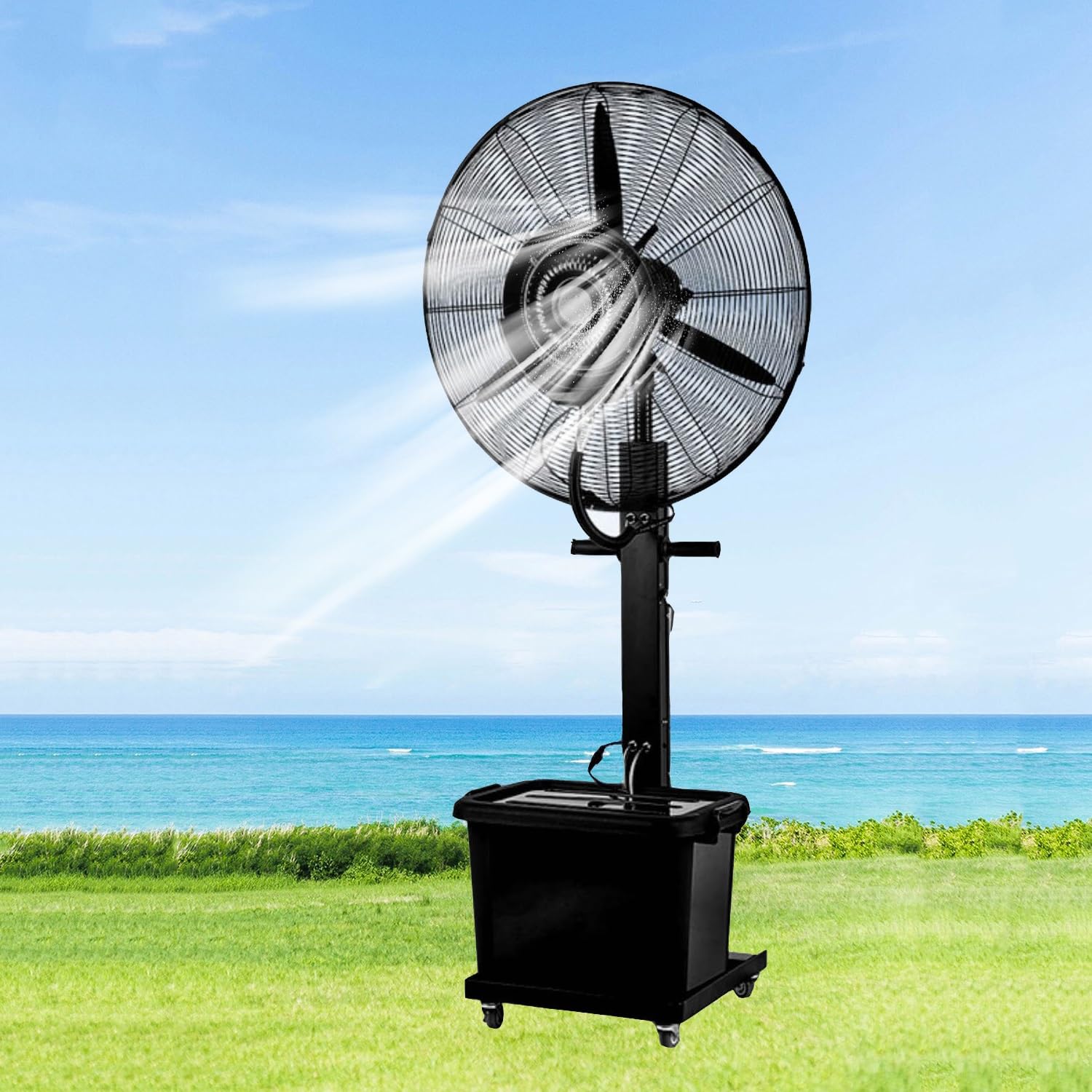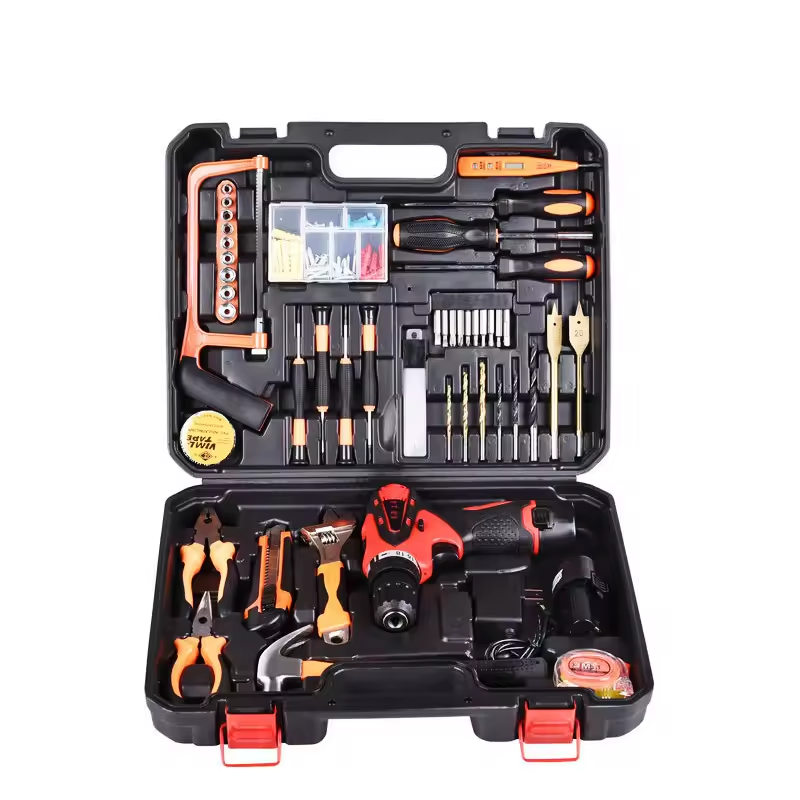
Fans: From Ancient Tools to Modern Technology
Ancient Origins and Early Development
Ancient Egyptians pioneered the use of fans through large palm leaves during royal ceremonies. Subsequently, Chinese nobility developed folding fans from silk and bamboo around 3000 years ago. Meanwhile, Japanese artisans elevated fan-making into an intricate art form during the Heian period. Furthermore, Greek aristocrats employed slaves to wave large feathered fans for cooling purposes. Additionally, Egyptian pharaohs commissioned ornate fans adorned with precious metals and jewels. Throughout ancient civilizations, fans served both practical and ceremonial purposes in daily life.
Consequently, craftsmen developed specialized techniques for creating increasingly elaborate fan designs. Moreover, trade routes spread fan-making techniques across different cultures and regions. During medieval times, European nobility adopted fan as essential fashion accessories. Therefore, skilled artisans established dedicated workshops for producing luxury fans. By the Renaissance, painted fans depicted intricate scenes from mythology and literature. Meanwhile, royal courts established specific fan etiquette for social communication. Throughout this period, fans symbolized wealth and social status among elite circles. Additionally, different cultures developed unique fan styles reflecting local artistic traditions.
The Rise of Decorative Fans
European aristocracy embraced elaborately decorated fans during the 16th century. Subsequently, French craftsmen introduced innovative folding mechanisms for portable fan designs. Meanwhile, Spanish artists incorporated lace and precious materials into their fan creations. Furthermore, Italian painters decorated fan leaves with miniature masterpieces depicting historical scenes. Additionally, British society adopted fans as essential accessories for formal social events. Throughout this period, fan makers developed secret languages through specific gestures.
Moreover, fashion magazines promoted seasonal fan styles among wealthy social circles. Consequently, fan collecting became a popular hobby among educated women. Similarly, fan makers established guilds to protect their crafting secrets. Meanwhile, international trade brought exotic materials for luxury fan production. Subsequently, fan designers created specialized styles for different social occasions. Throughout Europe, fans became important tools for subtle communication at court. Additionally, artists signed their fan paintings like traditional canvas works. Moreover, wealthy patrons commissioned personalized fans featuring family crests. Furthermore, fan makers developed mechanical innovations for unique opening patterns.
Industrial Revolution Impact
Mass production techniques revolutionized fan manufacturing during the 19th century. Subsequently, middle-class consumers gained access to previously exclusive fan designs. Meanwhile, new materials enabled more durable and affordable fan construction. Furthermore, department stores offered diverse fan collections for different social occasions. Additionally, advertising campaigns promoted fans as essential fashion accessories for modern women. Throughout this period, electric fans emerged as practical cooling solutions.
Moreover, manufacturers developed innovative mechanisms for improved air circulation. Consequently, industrial fans transformed workplace environments in factories and offices. Similarly, residential electric fans provided relief during summer months. Meanwhile, designers created portable electric fans for personal comfort. Subsequently, fan technology improved through advanced motor designs. Throughout cities, public spaces installed large fans for crowd comfort. Additionally, transportation systems incorporated fans for passenger ventilation. Moreover, entertainment venues relied on fan systems for audience comfort. Furthermore, industrial processes required specialized fan designs for various applications.

Modern Innovation and Design
Electric fan manufacturers developed new blade designs for improved air circulation efficiency. Subsequently, engineers created multiple speed settings for customizable cooling experiences. Meanwhile, oscillating mechanisms provided better air distribution throughout living spaces. Furthermore, ceiling fans combined practical functionality with decorative architectural elements. Additionally, portable fans incorporated rechargeable batteries for increased mobility. Throughout this period, designers focused on noise reduction through advanced motor technology. Moreover, smart features enabled remote control operation for convenient adjustments.
Consequently, manufacturers introduced timer functions for energy conservation. Similarly, safety features protected users through automatic shut-off mechanisms. Meanwhile, bladeless fans revolutionized traditional cooling technology through innovative airflow patterns. Subsequently, manufacturers developed compact fans for space-saving solutions. Throughout homes, decorative fans complemented various interior design styles. Additionally, industrial designers created streamlined shapes for modern aesthetics. Moreover, customizable features allowed personalized cooling experiences. Furthermore, innovative materials improved durability and performance standards.

Technological Advancement and Smart Features
Smart technology integration enables automated fan control through mobile applications. Subsequently, voice-activated commands provide hands-free operation for modern fans. Meanwhile, environmental sensors adjust fan speeds based on room temperature. Furthermore, WiFi connectivity allows remote operation from anywhere. Additionally, energy monitoring systems track power consumption for efficient usage. Throughout homes, smart fans coordinate with other automated climate control systems. Moreover, programmable schedules optimize fan operation for different times. Consequently, manufacturers developed quiet modes for nighttime operation.
Similarly, humidity sensors trigger appropriate fan responses for comfort maintenance. Meanwhile, air quality monitors integrate with fan systems for improved ventilation. Subsequently, smart fans learn user preferences through artificial intelligence. Throughout the day, automatic adjustments respond to changing environmental conditions. Additionally, mobile alerts notify users about maintenance requirements. Moreover, energy-saving modes reduce power consumption during peak hours. Furthermore, manufacturers continue developing innovative smart features.
Environmental Impact and Sustainability
Energy-efficient fan designs reduce power consumption while maintaining cooling effectiveness. Subsequently, manufacturers incorporate recycled materials into fan production processes. Meanwhile, sustainable packaging reduces environmental impact during product distribution. Furthermore, energy star ratings guide consumers toward eco-friendly fan choices. Additionally, solar-powered fans provide sustainable cooling solutions for outdoor spaces. Throughout industries, high-efficiency fans reduce energy consumption in large facilities.
Moreover, manufacturers develop biodegradable components for environmentally conscious production. Consequently, recycling programs handle proper disposal of outdated fan models. Similarly, repair services extend fan lifespans to reduce waste. Meanwhile, energy monitoring systems optimize fan operation for minimal environmental impact. Subsequently, manufacturers focus on sustainable material sourcing for production. Throughout development, designers consider environmental factors in new models. Additionally, eco-friendly cleaning products maintain fans without harmful chemicals. Moreover, energy awareness campaigns promote efficient fan usage. Furthermore, research continues into renewable energy applications.
How Fans Enhance Indoor Comfort
Fans significantly enhance indoor comfort in various environments. They create a gentle breeze, making spaces feel cooler during hot weather. This effect can sometimes eliminate the need for air conditioning. Using fans is also more energy-efficient, reducing electricity bills.
Moreover, fan improve air circulation and reduce humidity. This aspect is especially beneficial in humid climates. Proper air circulation prevents mold and mildew growth. Thus, fans contribute to maintaining a healthy living environment.
In office settings, fans can enhance productivity. A comfortable working environment promotes focus and efficiency. Colder air encourages alertness, reducing fatigue. Additionally, fans create a pleasant ambiance, making spaces inviting. This impact fosters a positive atmosphere among employees and clients.
Furthermore, fan can also assist in heating during winter. By operating ceiling fans in reverse, warm air circulates evenly. This process improves heating efficiency and comforts residents during cold months. A fan can thus play a year-round role in maintaining indoor comfort.
Eco-Friendly Options in Fan Technology
The increasing awareness of environmental issues has led to the development of eco-friendly fans. Manufacturers are now prioritizing sustainability in fan production. They use materials and processes that minimize environmental impact. This shift reflects the changing attitudes toward energy consumption.
Energy-efficient fan models consume less electricity. They often feature advanced motors and optimal designs. As a result, these fans help reduce carbon footprints. This energy efficiency translates to significant cost savings for consumers.
Moreover, many eco-friendly fan incorporate recyclable materials. Utilizing sustainable resources reduces waste and encourages environmental responsibility. Some brands even provide recycling programs for old fans. This commitment to sustainability resonates with eco-conscious consumers.
In addition, there are fans designed specifically for outdoor use. These fans often feature weather-resistant materials. They provide comfort in outdoor spaces while maintaining energy efficiency. The outdoor fan options complete the eco-friendly lifestyle, enhancing enjoyment of nature.

Cultural Significance and Social Impact
Fan symbolize cultural traditions through decorative designs across different societies. Subsequently, collectors preserve historical fan for their artistic and cultural value. Meanwhile, museums showcase fan evolution through specialized exhibitions. Furthermore, traditional fan dances maintain cultural significance in various ceremonies. Additionally, hand fan continue representing social status in certain cultures. Throughout history, fan played important roles in social communication. Moreover, contemporary artists incorporate fan motifs into modern artwork.
Consequently, fashion designers integrate fan into current style trends. Similarly, interior designers utilize fan as functional art pieces. Meanwhile, cultural festivals celebrate traditional fan-making techniques. Subsequently, educational programs preserve historical fan-making knowledge. Throughout communities, fan collecting groups share preservation techniques. Additionally, social media spreads awareness about fan history and significance. Moreover, cultural exchange programs highlight different fan-making traditions. Furthermore, artisans continue creating traditional fan for ceremonies.
Future Developments and Innovation
Research laboratories develop new materials for enhanced fan performance capabilities. Subsequently, artificial intelligence improves smart fan operation through learning algorithms. Meanwhile, engineers explore revolutionary blade designs for maximum efficiency. Furthermore, renewable energy sources power next-generation fan systems. Additionally, virtual reality enables improved fan design testing processes. Throughout development, manufacturers focus on noise reduction technologies.
Moreover, advanced sensors create responsive environmental control systems. Consequently, integration with home automation systems becomes increasingly sophisticated. Similarly, mobile technology advances fan control capabilities. Meanwhile, manufacturers explore new applications for fan technology. Subsequently, sustainability drives innovation in material science development. Throughout industries, specialized fan meet evolving requirements. Additionally, customization options expand through digital manufacturing processes. Moreover, energy efficiency remains central to future developments. Furthermore, global collaboration accelerates technological advancement.


